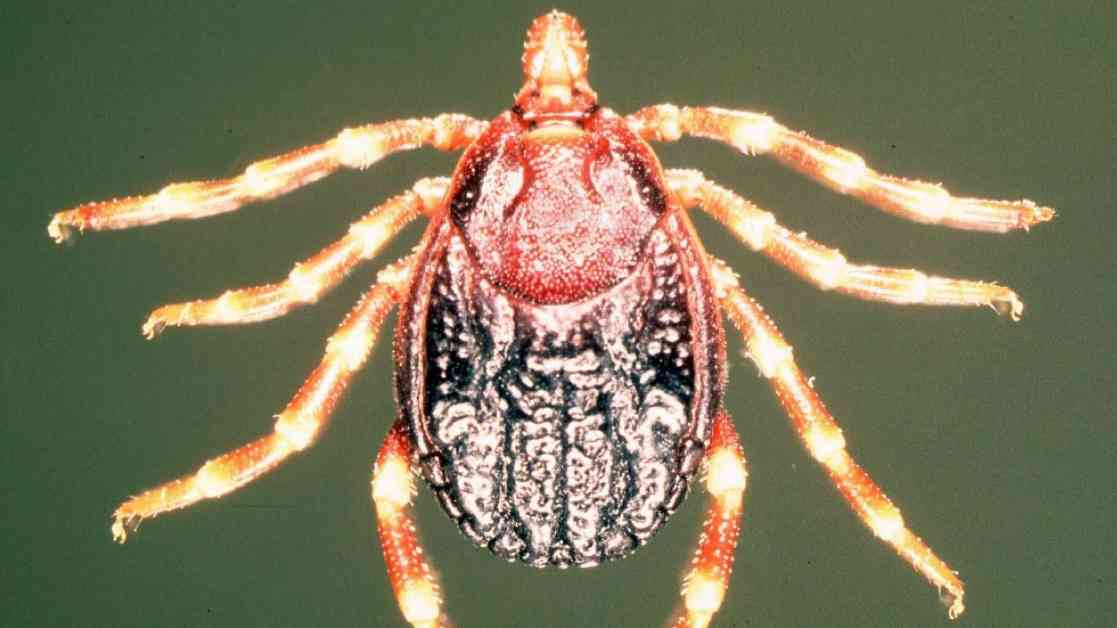Understanding Crimean-Congo Hemorrhagic Fever: The Threat of Giant Ticks
Giant ticks carrying the Crimean-Congo hemorrhagic fever virus have been detected on cows in southern France. These «giant ticks» have been present in the region for about ten years. If you’re not a fan of creepy crawlies, the Hyalomma marginatum tick might give you chills. This particular tick, known for being «giant,» has been found around the French Mediterranean coast for the past decade – and for even longer in Corsica. While it doesn’t transmit Lyme disease, it does carry the Crimean-Congo hemorrhagic fever.
As summer approaches and the risk of tick bites increases, it’s essential to understand this disease, which has not yet affected humans in France. The virus is transmitted by the «giant tick,» which measures about 8mm – twice the size of a standard tick. Originally found in warm regions of Asia, Africa, the Middle East, and the Balkans, it has now spread to various departments in France, including Pyrénées-Orientales, Aude, Hérault, Gard, Ardèche, Drôme, Bouches-du-Rhône, Var, Alpes-Maritimes, and Corsica.
According to Santé Publique France (SPF), the Crimean-Congo hemorrhagic fever was first detected in France in October 2023 on cows in Pyrénées-Orientales and Corsica. While tick bites are rare, they can lead to infections in humans. In Spain, about ten infections have been reported in humans since 2016.
The symptoms of Crimean-Congo hemorrhagic fever include fever, chills, and digestive issues. In severe cases, it can cause uncontrollable bleeding and even death. The virus is mainly transmitted through the bite of the Hyalomma marginatum tick, but it can also be contracted through contact with infected animals or people, although this is rare.
To determine if you’ve been infected after a tick bite, SPF advises monitoring for sudden fever, headaches, muscle aches, and joint pain within 14 days. If you experience these symptoms, seek medical attention. Other tick-borne diseases may also manifest within 30 days of a bite.
Preventing infection involves avoiding tick bites altogether. In spring and summer, when the risk is higher, take precautions in dry areas like scrublands, pastures, hiking trails, fields, orchards, and vineyards. Wear light-colored clothing to spot ticks easily, cover your limbs, wear closed shoes, and regularly check your body and your children for ticks.
While skin repellents have limited effectiveness, they should complement preventive measures. Carry a tick removal tool or fine tweezers to remove ticks promptly. If you lack these tools, use your fingers (protected with a tissue) to remove the tick as close to the skin as possible, then disinfect the area. Take a photo of the tick to show your doctor.
By staying informed and taking preventive measures, you can reduce the risk of contracting the Crimean-Congo hemorrhagic fever from giant ticks. Stay safe and cautious when exploring tick-prone areas to enjoy a healthy summer outdoors.




















